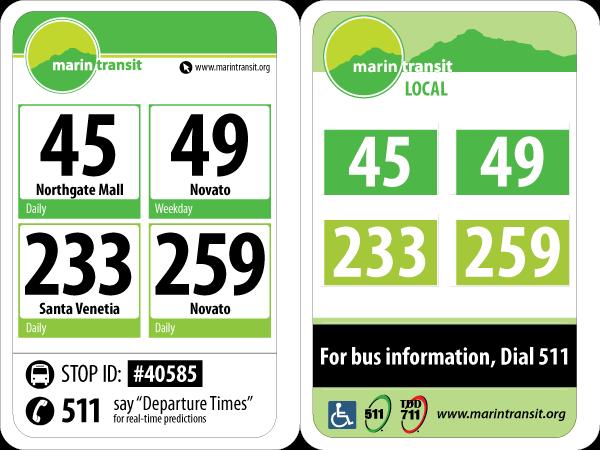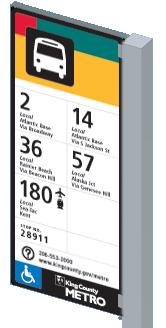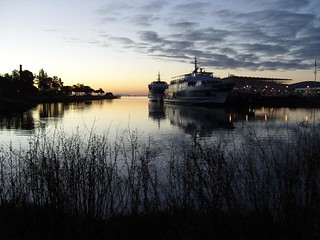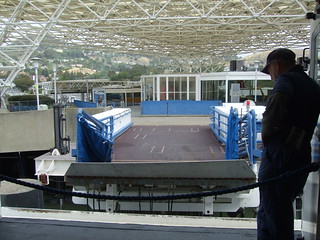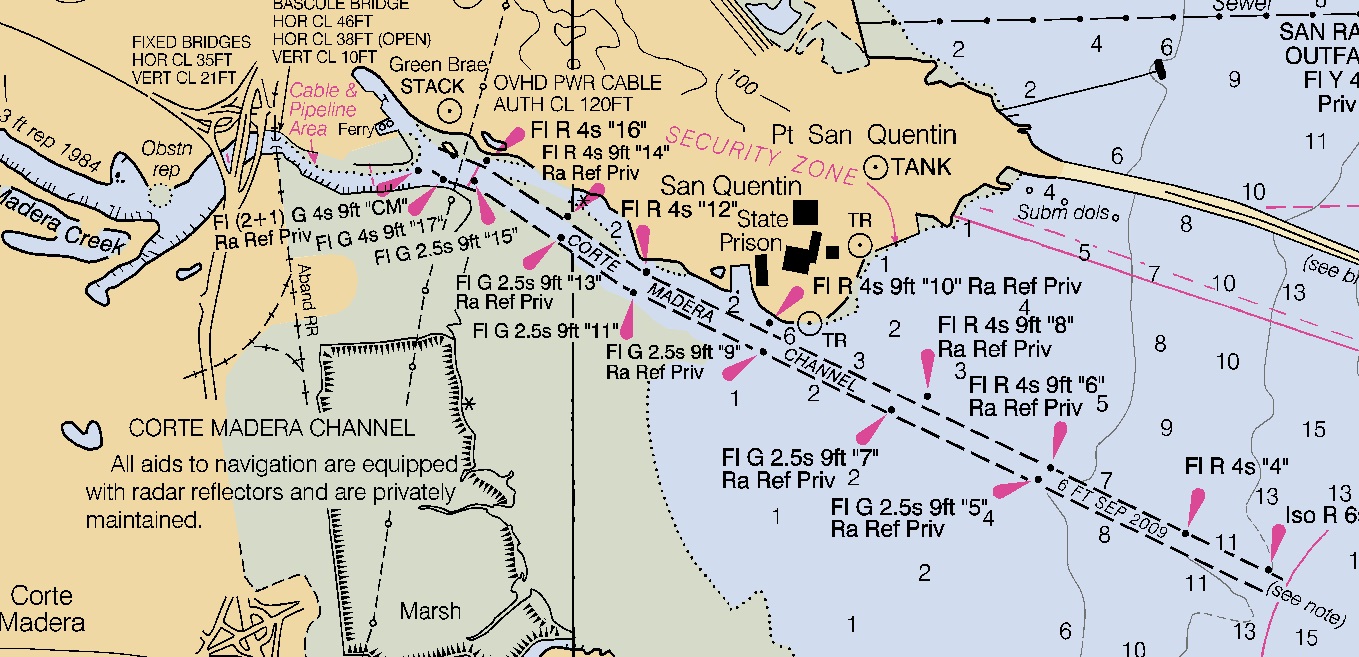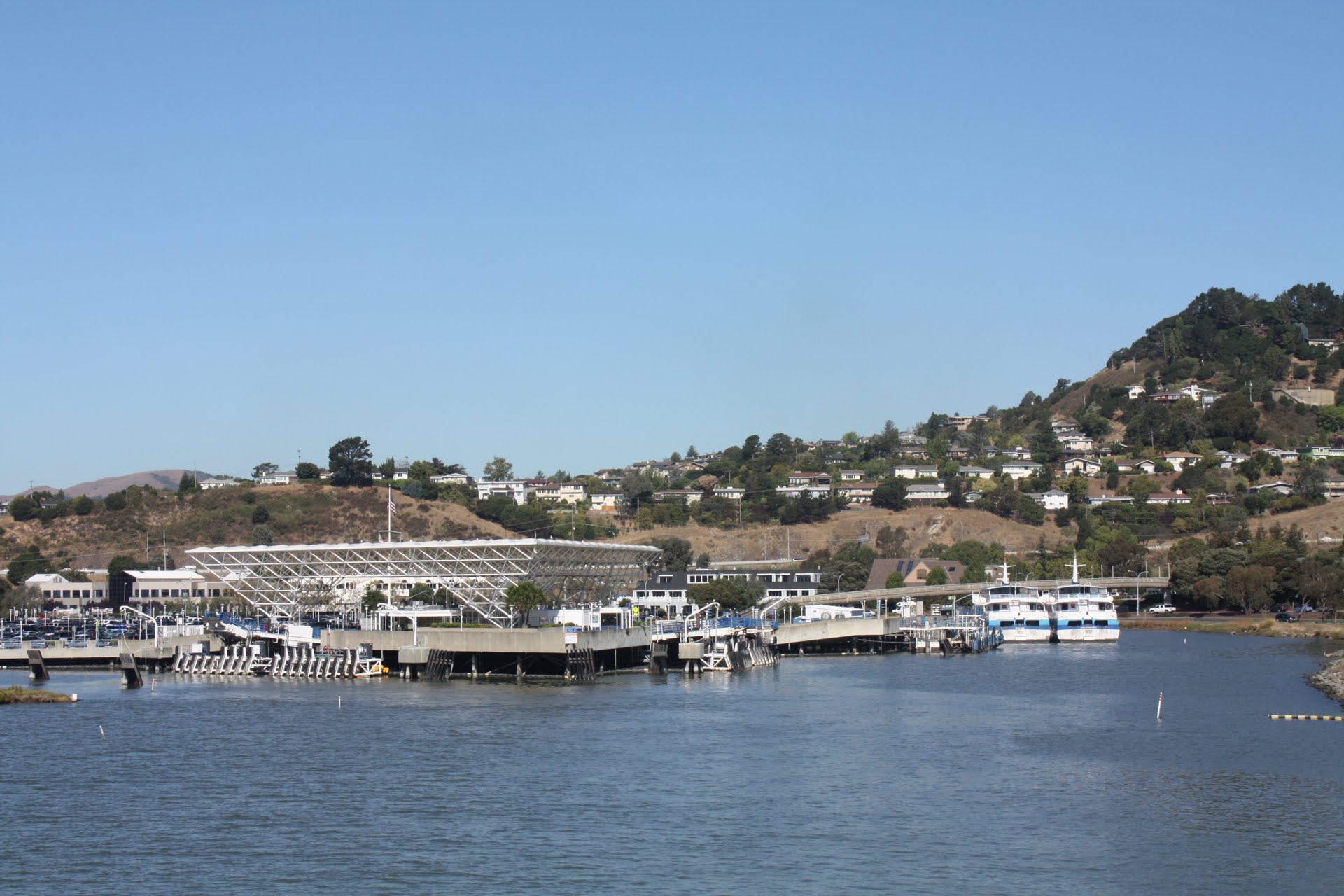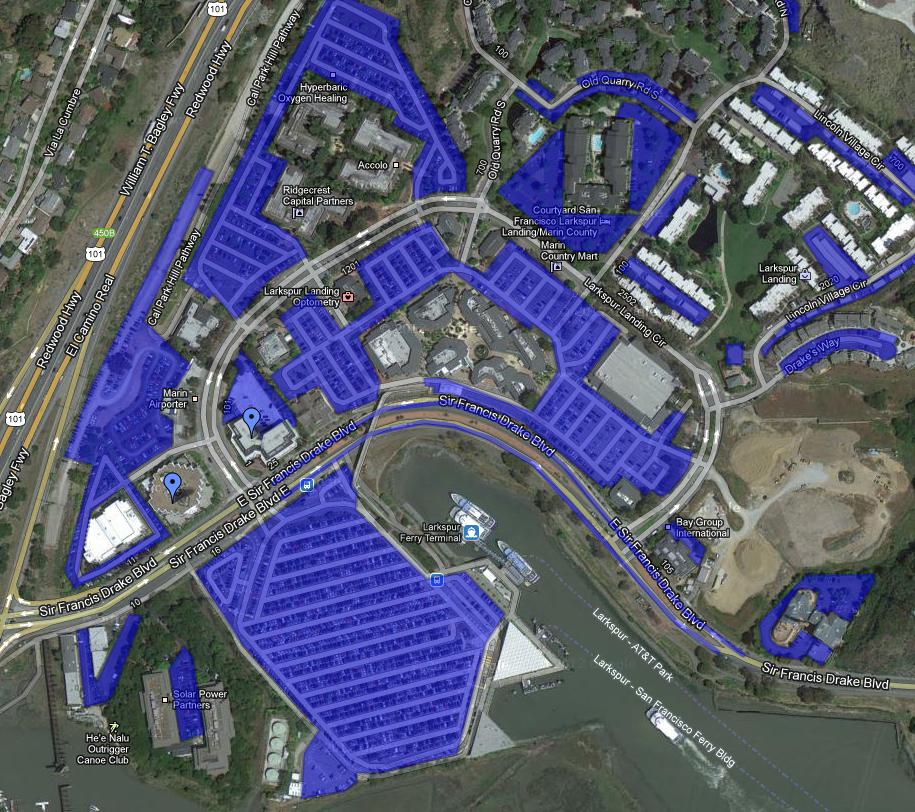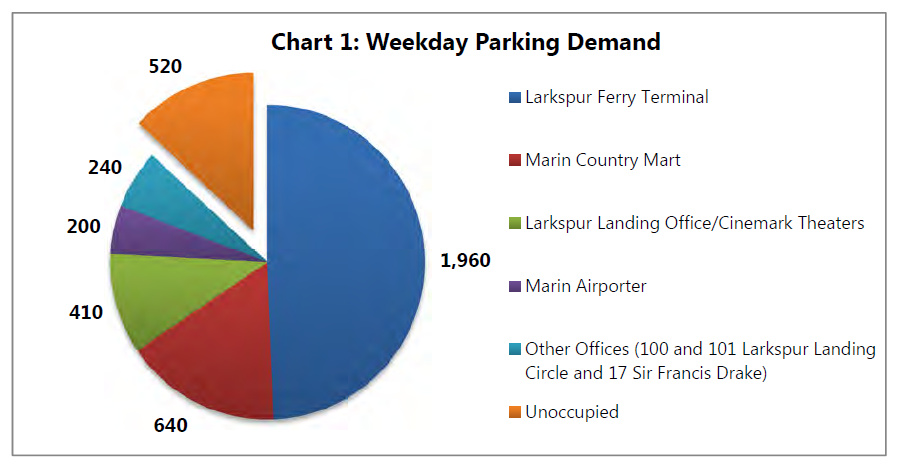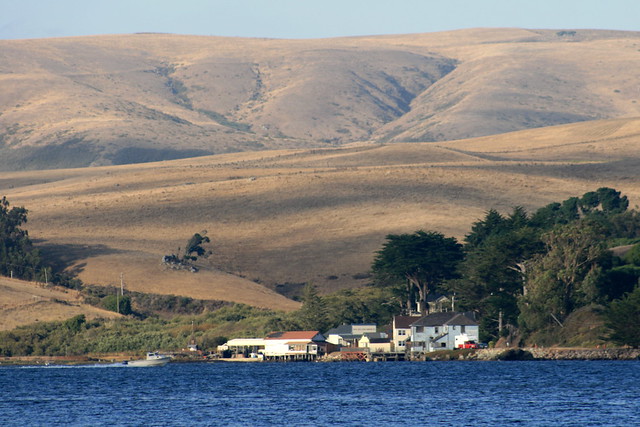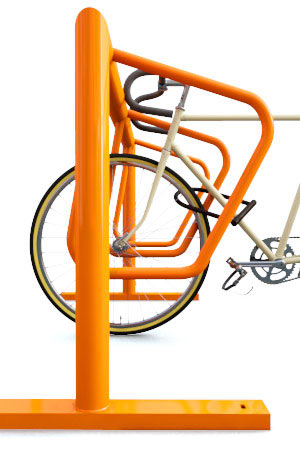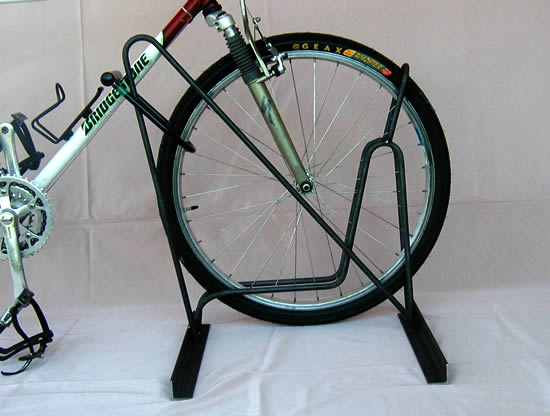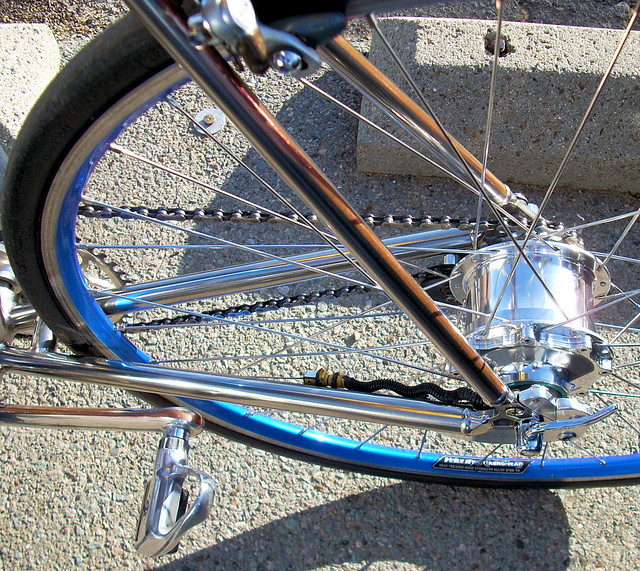 There’s no question about it: Golden Gate Transit ridership is in decline. But, as we cap off a year with two crazy days for transit (America’s Cup and the Giants parade), we should take a step back and look at where our ridership is going and, perhaps, how the situation might be improved.
There’s no question about it: Golden Gate Transit ridership is in decline. But, as we cap off a year with two crazy days for transit (America’s Cup and the Giants parade), we should take a step back and look at where our ridership is going and, perhaps, how the situation might be improved.
A word about data
GGBHTD uses a July-June fiscal year, so we’ll be discussing projections for the rest of the 2013 fiscal year (last July to next June) as well as what has happened historically for the last few fiscal years. This confounds analysis. Federal data uses the federal fiscal year (October-September) while Census data uses the calendar year. If I switch into a different year, I’ll be sure to mention that in the text.
As well, it takes about one month for GGT to audit bus ridership numbers, so December’s numbers haven’t been released. Nevertheless, today seems like as good a day as any to discuss ridership.
The numbers
GGT’s ridership has been dominated by bus services for a long, long time, but its share has shrunk significantly since 2002.
In FY 2012, GGT carried 8.7 million passengers, roughly one quarter by ferry. Total ridership is down significantly from 2002, when GGT carried 10.8 million passengers – only one-sixth by ferry. All the losses have been borne by the bus segment of the system, which has seen annual declines in seven of the last ten years. In contrast, ferries have seen declines in only four of the last ten years, led by sometimes double-digit growth rates at Sausalito.
These trends look set to continue in the current fiscal year. Bus ridership for the first half of FY 2013 is down 1.6 percent over the same period in 2012, while ferry ridership is up 8 percent. Intriguingly, this could be the first fiscal year that total ridership increases entirely on the strength of the ferries.
Below is a normalized chart of ridership trends, with 2002 set as the baseline.

Causes
The most obvious trend is the decline from FY 2002 to FY 2004. In that time, San Francisco was still suffering the aftershocks of the tech bubble pop, which was compounded by the 2001-2002 recession. According to the Federal Transit Administration, ridership peaked in federal year 2001 at 11.6 million transit trips – 9.7 million by bus, 1.9 million by ferry. That’s also around when bridge crossings peaked, implying overall travel demand fell.
This is borne out by census data. Since calendar year 2000, commutes by Marinites have fallen by about 6 percent. But this isn’t enough to account for the shift away from buses, which are down 32 percent. There must be structural reasons as well.
Sure enough, that’s what we find. From 2002 to 2004, GGT dramatically restructured and cut its routing to cut costs, reducing its vehicle revenue miles (how far its buses travelled collecting fares over the year) by 32 percent. Over subsequent years, revenue miles increased only 1 percent. Though GGT projected only a 15 percent passenger decline, fare increases, competition from other non-car modes of transportation like bikes and ferries, and declines in commutes, overall took a toll.
Turning the situation around
If bus ridership is going to increase again, GGBHTD needs to see itself as a single transportation agency. At the moment, bus schedules don’t link well with ferry departures, bridge tolls are too low to push people to bus usage, and timing-point schedules are hindering the development of high-frequency corridors. Most of these are actually revenue-raising measures, which could be pumped back into the bus system.
1. Loosen restrictions on bus riders
Anyone riding Muni or AC Transit knows it is used for every errand under the sun, from commutes to groceries to getting to the airport. The front of the buses have center-facing seats reserved for seniors and the disabled, and passengers can exit out the rear door. In Muni’s case, they can enter that way, too.
Yet, for whatever reason, GGT has chosen to keep its rear-door Clipper readers deactivated, forcing everyone to exit out the front. Navigating the system with anything that can’t fit on a lap is against bus policy. As well, the lack of level-boarding buses hinders the ability of seniors from using the buses.
While the current bus configurations do keep the buses comfortable, it makes them less useful. Reforming these would make the bus more useful for everyday travel and speed boarding and alighting. Low-floor buses that provide level boarding could be the priority for all future bus acquisitions, rolling them into the regular capital replacement budget.
Cost: Marginal
2. Coordinate ferry departures and bus arrivals
While GGT does a fantastic job timing different bus lines, it does a miserable job coordinating with ferries. Route 29 to Larkspur Landing, for example, arrives 40 minutes before the next ferry departure. Part of this is Marin Transit’s fault, which times Route 29, but GGT could easily fix the problem, too. A shuttle between the Transit Center and Larkspur Ferry, say, would encourage people to take the bus to the ferry rather than drive.
The total round trip, including layovers, would take about 25 minutes.
This leaves 20 minutes of dead time between cycles, so this service could be added on to certain Route 23 or 35 buses, rebranded as 23F or 35F, which would save costs.
Cost: $660,000 per year for new service, $340,000 for route extensions.
3. Charge for parking at park & ride lots
I explored this concept in a previous post for ferry terminal parking, but it should apply to all park-and-ride lots that get full over the course of a typical day. This would accomplish two goals: to increase reliance on transit to get to transit, and free up spaces for midday travelers. Though some riders might abandon transit altogether, GGT would very likely see a net gain in ridership. As well, the parking fees collected could be pumped back into service, either for collector buses or for better frequency on selected corridors.
The principal barrier to implementation is Caltrans, which controls the park & ride lots along the 101 corridor. Sacramento would probably need to intervene to force them to charge and to pass the money along to GGT. The ferry terminal lots, however, are controlled by GGT and could be priced now. Ideally this would paired with the ferry shuttles described above.
Income: Variable, but likely in the low hundreds of thousands per year. Implementation would require a one-time capital investment for parking meters, ticket dispensers, etc.
4. Increase tolls on the Golden Gate Bridge
I discussed this concept in the past as well. A driver should pay just as much to cross the bridge as a bus rider. If we raise the base FasTrak toll to $7.20 and the congestion toll to $8.80 – the cost of going to San Francisco and back from Southern and Central Marin, respectively – the bus becomes a much more attractive alternative. A commuter would pay the same no matter which mode she chooses, so why not choose a bus?
Cost: Political. Former San Rafael mayor Al Boro scuttled the last attempt at congestion pricing at the Golden Gate Bridge, and that was for a much more modest increase.
Income: Significant. When congestion pricing on the Bridge was last analyzed it was part of a broader pricing scheme that saw a 12 percent drop in traffic coming in to San Francisco from all sources. If this holds true for the Bridge on its own, toll revenues would still go up, to the tune of about $50 million per year. If any of those drivers convert to busing, the income would be even higher.
5. Provide in-city pickup and drop-off for all-day routes in San Francisco and Richmond
It’s a bit of cheating to get numbers up, as it opens up an entirely different market, but it could provide a good source of income. In San Francisco especially, GGT provides great redundant express service. The all-day lines (basic and Route 92) could pick up riders in-city, making that part of their journey more profitable.
To do this, the boards of SFMTA and AC Transit would need to grant GGT permission to run routes through their territories.
Given how much this may slow the San Francisco routes, especially Route 92, GGT may want to wait until the Van Ness and Geary BRT corridors are completed.
Income: Unknown, but the alteration should only be made if the result would be revenue-positive.
In short, GGT should make the bus convenient (suggestion 1), easy (suggestions 2 and 5), and financially attractive (suggestions 3 and 4). It should reinvest new revenues into increased service and better infrastructure, part of a virtuous circle of rising ridership and declining congestion.
If Marin wants to be a green, environmentally-sustainable place, the bus must be part of the equation. Falling ridership isn't a given, but it will take conscious steps to bring it back in step with ferry ridership.


